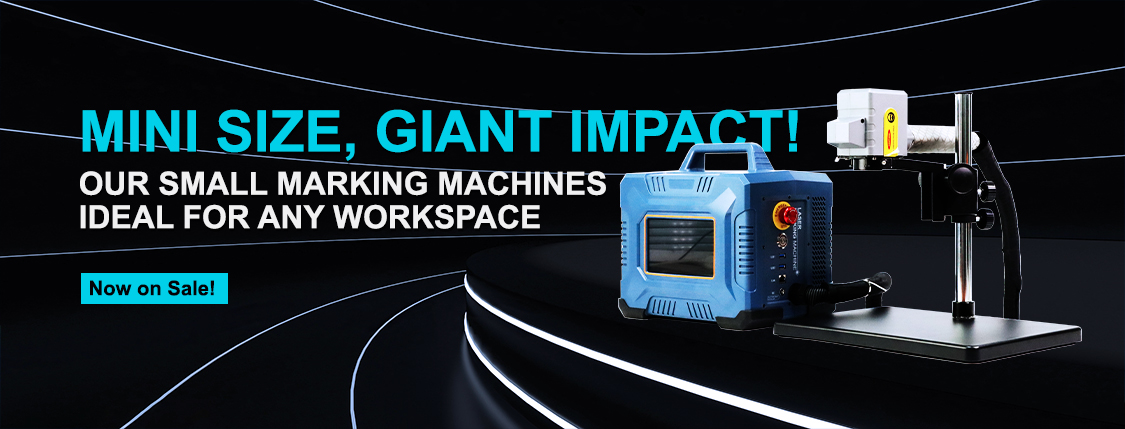Selection and use of semiconductor laser power supply
Selection and use of semiconductor laser power supply
First, the basic requirements of semiconductor laser power supply
1. Constant current output: short-circuit constant current output, load changes or short-circuit automatic adaptation.
2. Output current ripple: ripple, noise and rated output current cannot exceed the maximum current that the laser tube can bear.
3. Output voltage ripple: Ripple voltage noise will not damage the laser immediately, but if serious, it will affect the life of the laser.
4. Soft start: Slow start current curve, no overshoot.
5. Output current stability: short and long term, preheating.
6. Turn off current: When the current level is low, the output current is less than the threshold current of the laser.
7. Overvoltage modulation: when the modulated signal is higher than 5V, the output current should not be higher than the set current (including analog modulation and digital modulation), otherwise the laser may be damaged.
8. Service life requirements: If tantalum capacitors are used, the service life of 20000 hours can be basically guaranteed. If electrolytic capacitors are used, the service life calculation should be attached to whether there is sufficient derating.
In general, the laser power supply is required not to damage the laser, drive the laser safely and reliably, and ensure the life of the laser.
Optional:
1. Overvoltage protection alarm: prevent open circuit and overvoltage use, illegal use may lead to thermal failure of the power supply.
2. Overtemperature protection: turn off the output current when the target temperature is higher than the set point. (Optional)
3. Overcurrent protection: required by some power supplies. (Optional)
Two, the choice of semiconductor laser power supply
1. Select the drive current according to the maximum current of the laser tube.
2. Select the maximum output voltage of the laser power supply based on the maximum voltage of the laser tube and check the overvoltage protection function.
3. Check the ripple current and voltage requirements according to the laser tube.
4. Determine whether overtemperature protection is required based on the power.
5. Check that the heat dissipation of the laser power supply has no adverse impact on the system.
6. Determine whether the modulation function is required according to the application.
7. Confirm turn-off current requirements, modulation frequency and rising edge requirements.
8. Determine whether an optical feedback channel is required based on application requirements.
9. Confirm whether current monitoring power is required according to application requirements.
10. Calculate the demand of temperature control power supply according to the power dissipation of laser.
11. Select TEC sheet and temperature control power supply.



